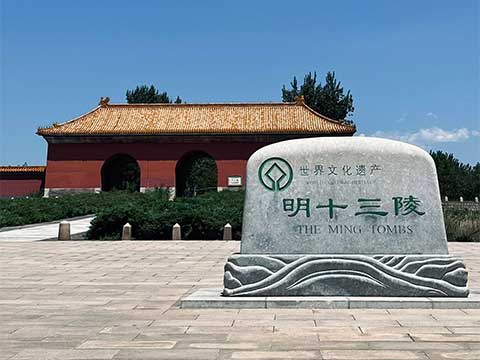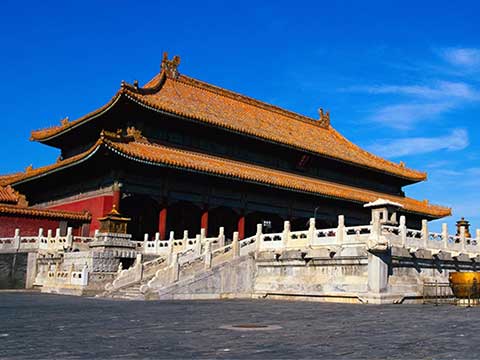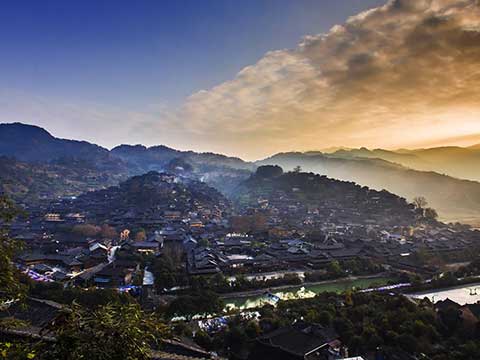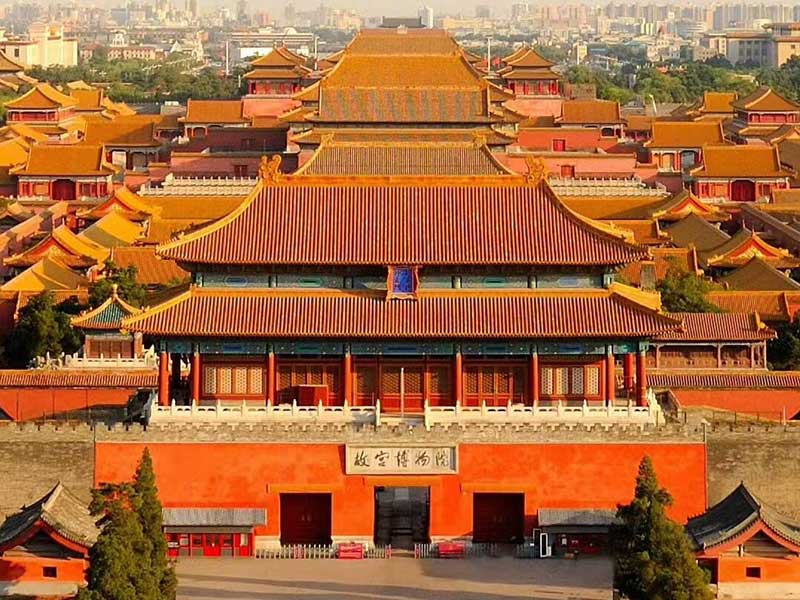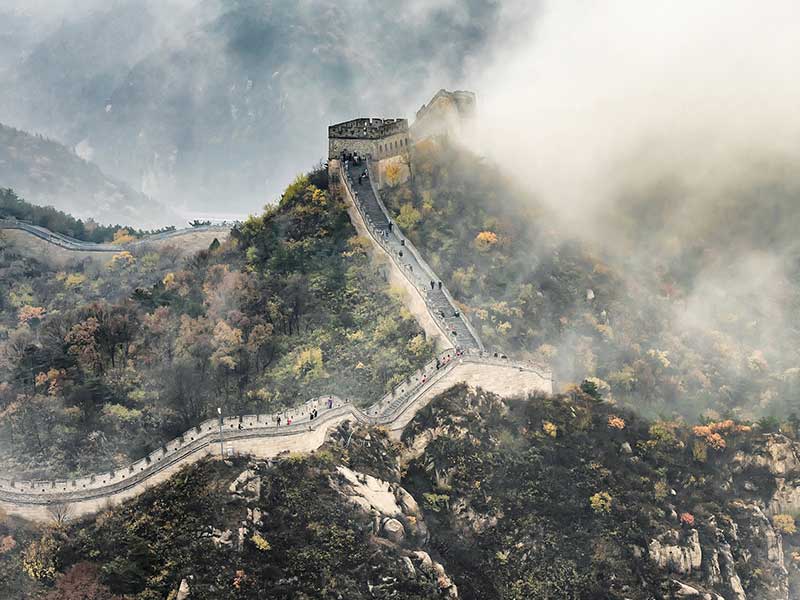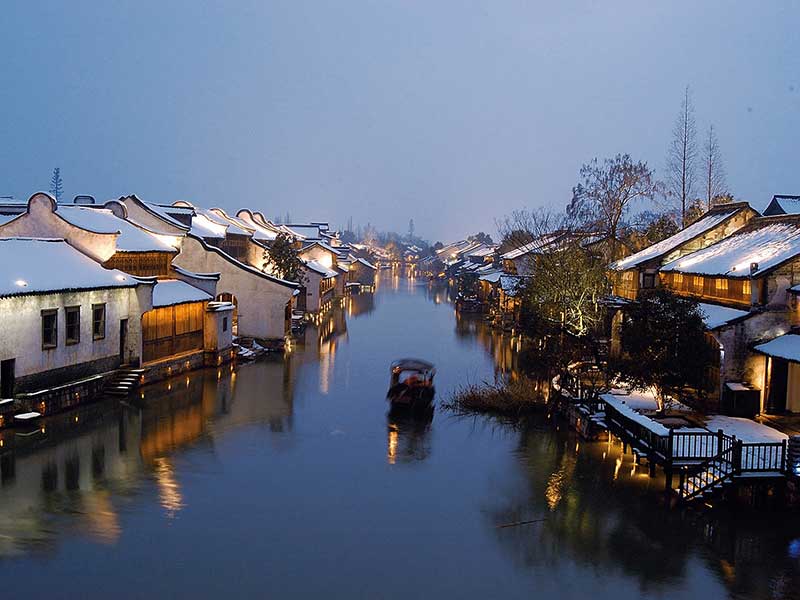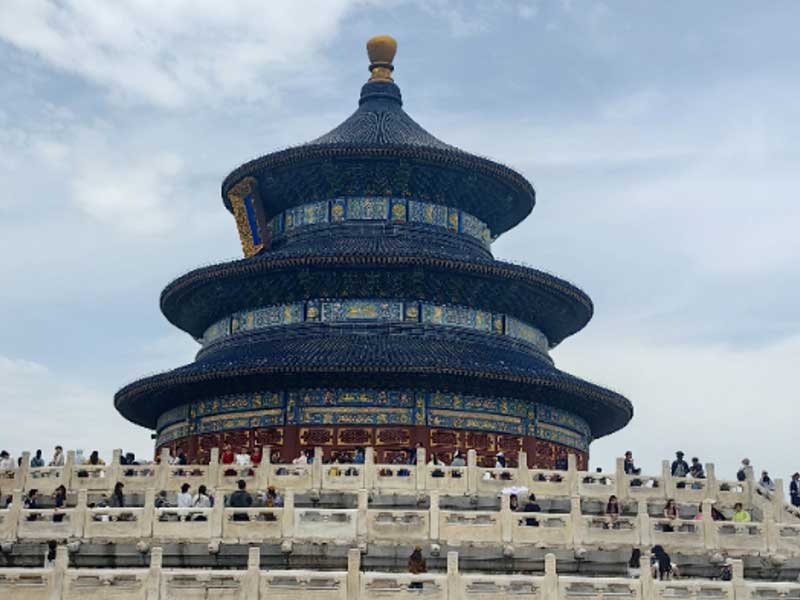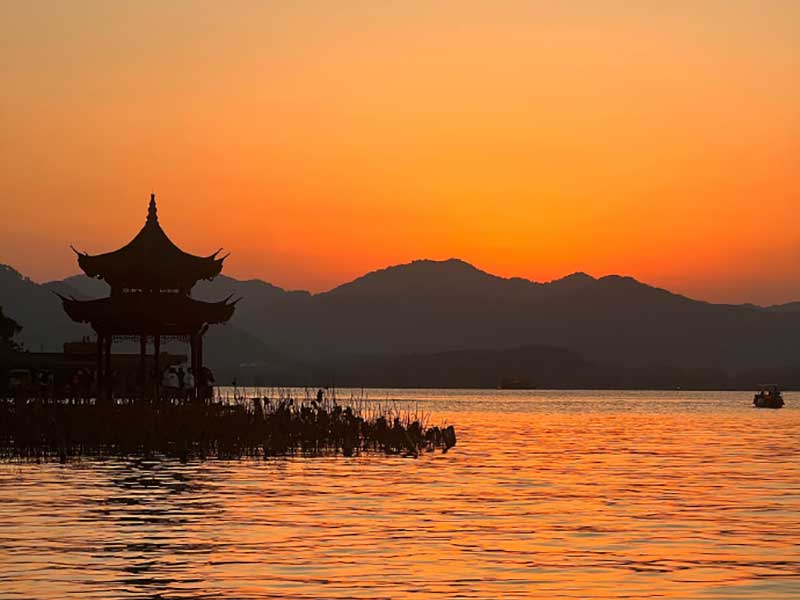The Ming Tombs Scenic Area, located in Changping District, northwest of Beijing, is the collective name for the tombs of 13 emperors from the Ming Dynasty. It is not only vast in scale but also well-preserved, making it one of the most complete and largest royal tomb complexes in the world for burying emperors. The tomb complex covers an area of 80 square kilometers, surrounded by mountains and with beautiful scenery, making it an important place for visitors to learn about the cultural and historical heritage of ancient Chinese imperial tombs.
As you enter the Ming Tombs, the first thing you’ll see is the 7-kilometer-long "Shenlu" (Spirit Road), which serves as the main entrance to the tomb complex. At the southern end of the Shenlu stands a grand stone gatehouse, which is currently one of the largest and earliest surviving stone gatehouses in China. Continuing north along the Shenlu, you’ll see 24 stone beasts and 12 stone figures arranged neatly on both sides. These sculptures are lifelike and finely carved, making them a rare and impressive feature of ancient imperial tombs.
After the Shenlu comes the Changling, the largest tomb in the Ming Tombs. It is the burial site of Emperor Zhu Di, the third emperor of the Ming Dynasty, who reigned under the reign title Yongle, and his queen, Xu. Located at the southern foot of Tianshou Mountain, Changling has well-preserved architectural structures and is one of the most important attractions in the complex.
To the southwest of Changling is the Dingling, the tomb of Emperor Zhu Yijun, the 13th emperor of the Ming Dynasty, who reigned under the title Wanli. Along with two empresses, it is the only tomb in the Ming Tombs that has been excavated. Inside, you can see structures such as the Ling’en Gate, Ling’en Hall, the treasure city, the Ming Lou, and the underground palace. Visitors can tour the underground chamber and experience the mystery and solemnity of ancient imperial tombs.
Further north lies the Zhao Ling, the tomb of Emperor Zhu Zaohui, the 12th emperor of the Ming Dynasty, and his three empresses. Zhao Ling is the first tomb in the Ming Tombs to undergo major restoration and preservation. It features complete structures such as the Ling’en Gate, Ling’en Hall, the square city, the Ming Lou, and the treasure dome. It is one of the best-preserved tombs in the complex.
Currently, the open attractions in the Ming Tombs include Changling, Dingling, Zhao Ling, and the Shenlu. Visitors can enjoy the grand architecture, experience the culture of ancient imperial tombs, and relax in the beautiful natural scenery.
The opening hours are from 8:30 a.m. to 6:00 p.m. from April 1 to October 7, and from 8:30 a.m. to 5:00 p.m. from October 8 to March 31 of the following year. Different groups are eligible for discounts or free entry, including students, the elderly, disabled persons, and active military personnel.
The Ming Tombs are not just a tomb complex, but also a historical monument that testifies to the burial customs and architectural art of ancient Chinese emperors. It offers a deep insight into a distant and glorious history. If you are interested in history, architecture, or culture, the Ming Tombs are definitely a place you should not miss.

